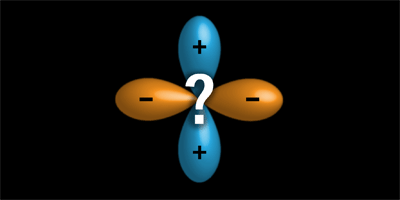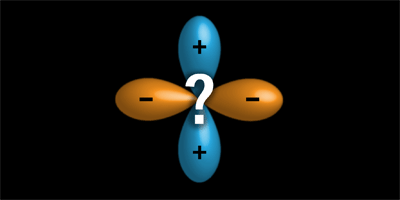Universal Pairing Symmetry
Superconductivity in the family, where can be cobalt (Co), rhodium (Rh), or iridium (Ir), occurs in close proximity to a phase with antiferromagnetic order. In these materials, charge carriers have a large effective mass (hence the name “heavy fermion” superconductivity), which implies that conventional attraction via phonons cannot be responsible for the pairing that gives rise to superconductivity.
One hint to the pairing mechanism can come from studying the symmetry of the superconducting gap. and are widely accepted to have nodes in the superconducting gap ( symmetry), suggesting the pairing interaction is driven by antiferromagnetic spin fluctuations. But for the third member of the family, , the superconducting gap symmetry has remained controversial because of discrepancies between different measurements.
In a Rapid Communication appearing in Physical Review B, Shunichiro Kittaka from the University of Tokyo, Japan, and collaborators report experiments that resolve this controversy and show that the gap in also has symmetry. They measured the specific heat of a sample of at multiple orientations with respect to an external magnetic field down to temperatures as low as millikelvin. Kittaka et al. find that the field-angle-resolved specific heat measurements show a fourfold angular oscillation that is consistent with theoretical calculations that assume has a gap with symmetry. These results suggest a universal pairing mechanism for the family of heavy fermion superconductors, an important clue to developing a complete theoretical understanding. – Sarma Kancharla





